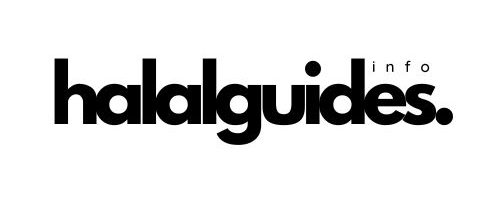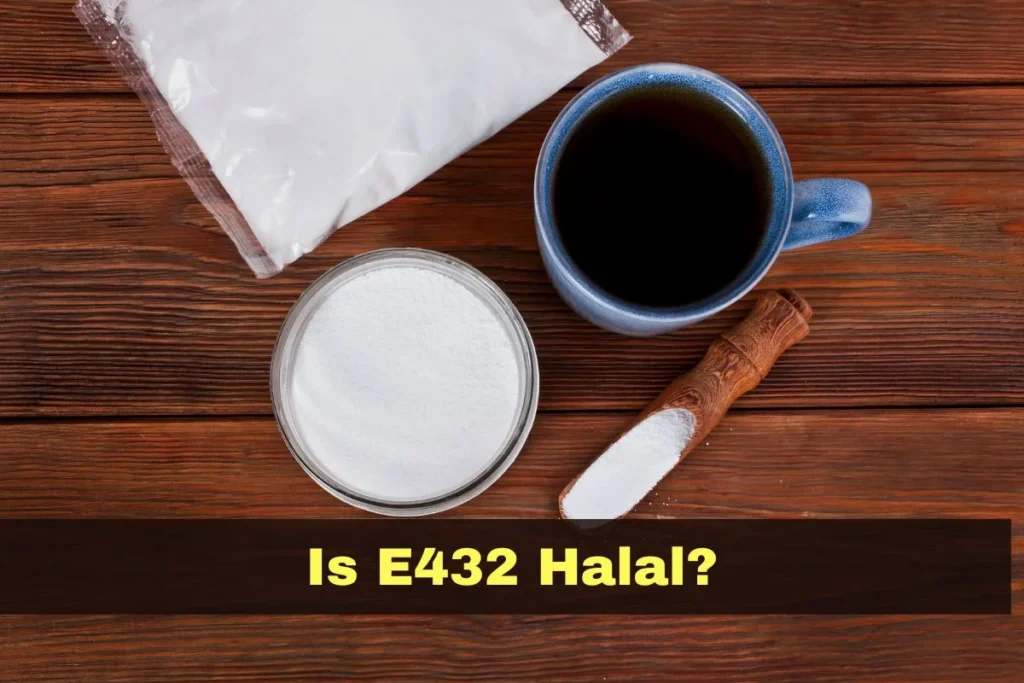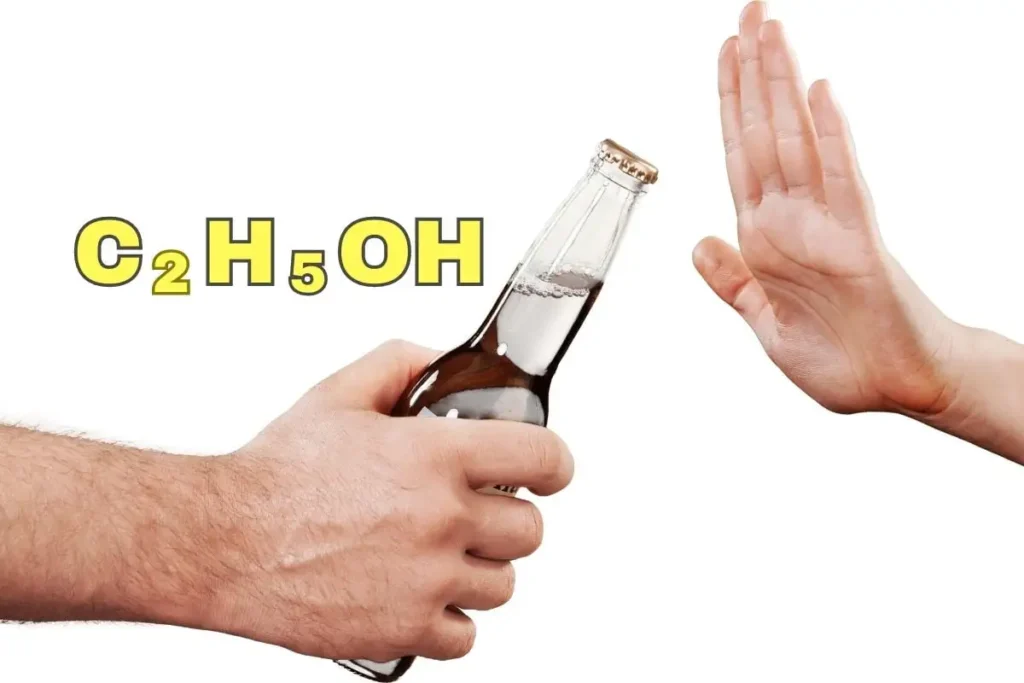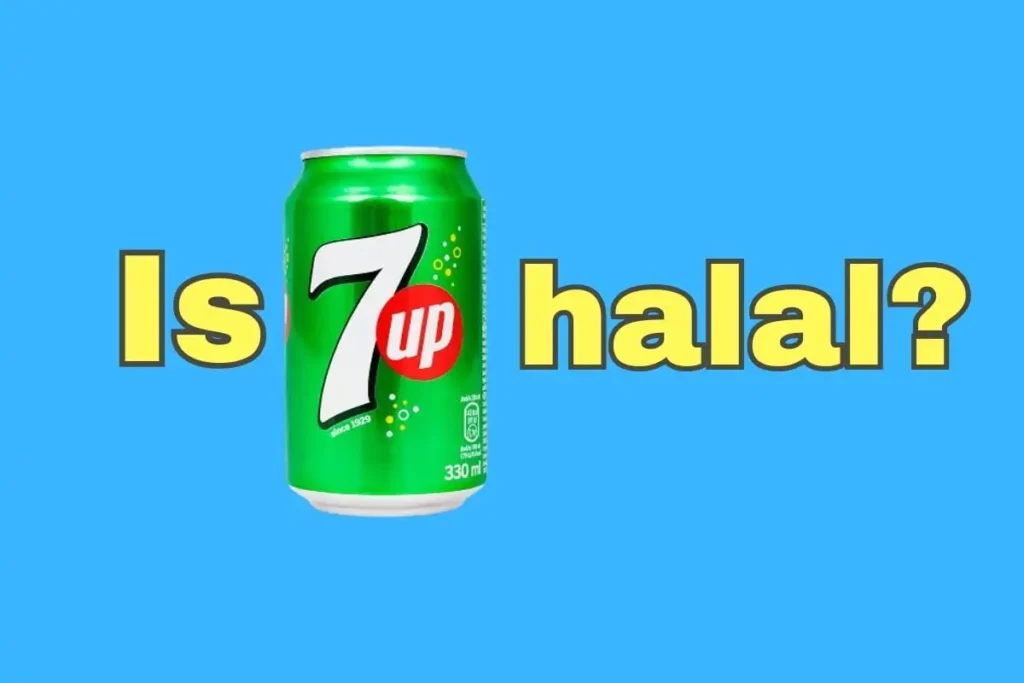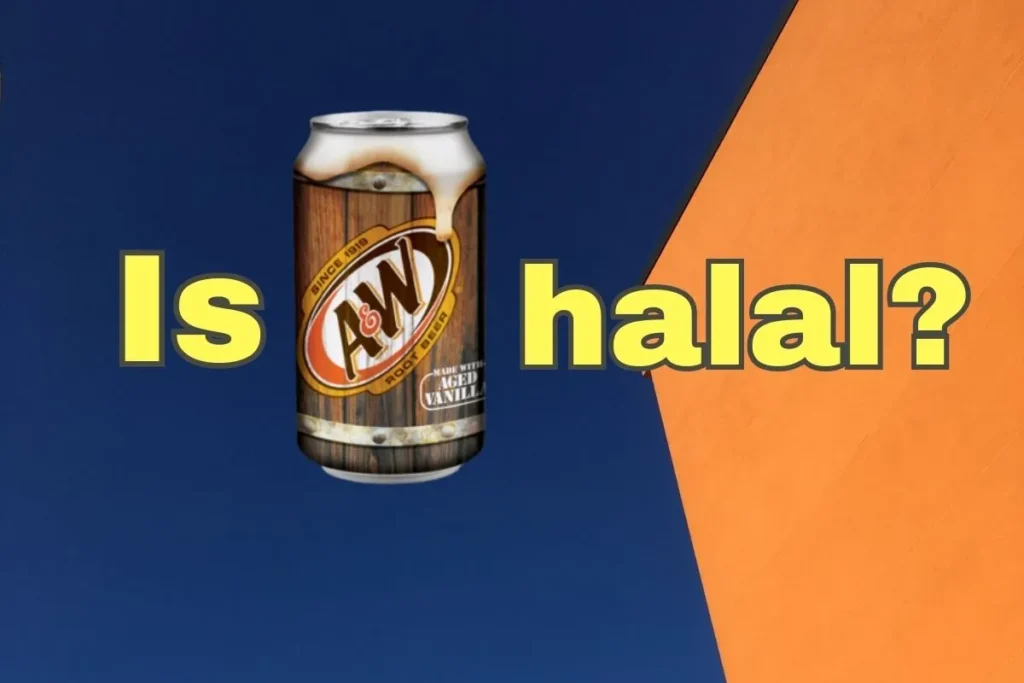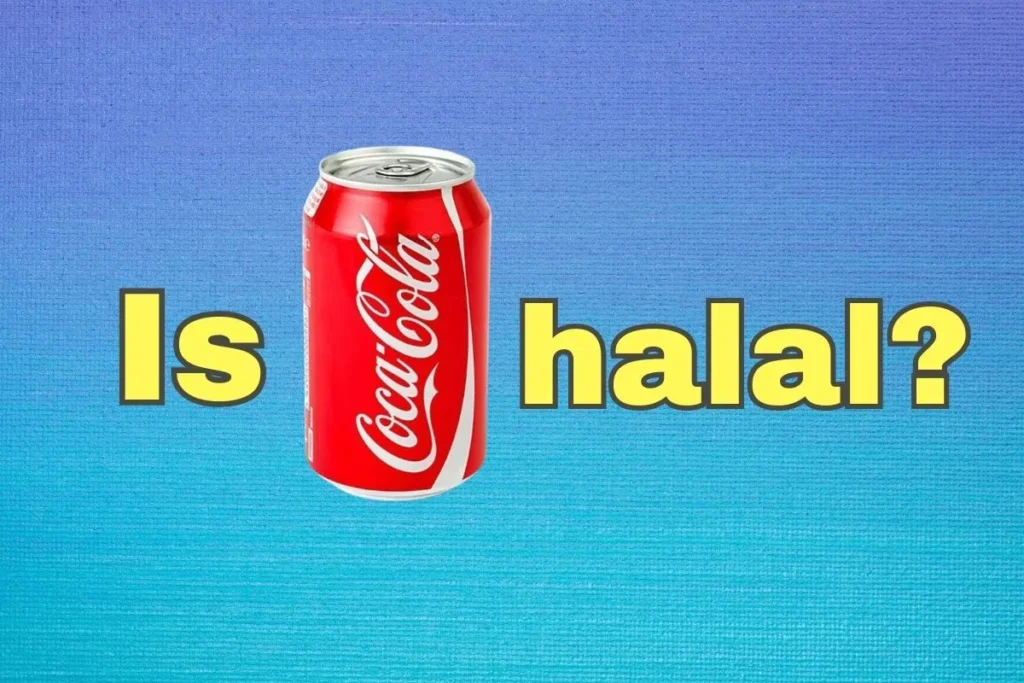Welcome, readers, to a journey delving into the halal status of E432 a food additive sparking curiosity among those seeking halal-certified products.
As your guide, I’ll explore its definition, source, side effects, regulations, and the crucial question: is E432 halal or haram? Join me on this enlightening exploration.
Key Takeaways
| 📌 E432, or Tween 20, is a versatile food additive used in many food products for its emulsifying properties. |
| 📌 The halal status of E432 (Tween 20) falls into the “syubhat” (doubtful) category. It is considered doubtful because one of its components, sorbitol, is also categorized as “syubhat.” |
What is E432?
E432, also referred to as Tween 20, is a versatile food additive that finds its application in numerous food products. But what exactly is E432?
Tween 20, or polyoxyethylene sorbitan monooleate, is a synthetic compound known for its emulsifying and solubilizing properties. Now, let’s embark on a fascinating exploration of E432 and delve deeper into its mysteries!
Chemical Structure
The chemical structure of E432, polyoxyethylene sorbitan monooleate, showcases its unique characteristics. It consists of a sorbitan molecule attached to a chain of polyoxyethylene units, with a monooleate group.
This structure grants E432 its emulsifying capabilities, allowing it to stabilize mixtures of water and oil and enhance the texture and consistency of various food products.
What is E432 Made From?
E432 is derived from the reaction between sorbitol, ethylene oxide, and oleic acid. Sorbitol, a sugar alcohol, provides the sorbitan molecule, while ethylene oxide contributes the polyoxyethylene units.
Oleic acid, a fatty acid, adds the monooleate group. It is crucial to note that the halal status of E432 depends on the source and manufacturing processes involved in obtaining these raw materials.
Possible Side Effects
While E432 is generally considered safe for consumption, caution is advised regarding potential side effects, especially in excessive amounts. Some individuals may exhibit hypersensitivity or allergic reactions to E432.
Additionally, being an emulsifier, E432 may cause mild irritations to the skin and eyes. It is recommended to consume E432 in moderation and be attentive to any adverse reactions.
Regulations and Guidelines (Update)
The regulations and guidelines surrounding the use of E432 in food products may vary across different countries and regions. In the United States, the Food and Drug Administration (FDA) has evaluated the safety of E432 and categorized it as generally recognized as safe (GRAS) for its intended uses in food.
The European Food Safety Authority (EFSA) has also assessed the safety of E432 and determined that it can be used as a food additive within specified limits.
To stay up to date with the latest regulations and guidelines regarding the use of E432 in your specific region, I recommend consulting the official websites of relevant regulatory authorities such as the FDA or EFSA.
Dosage and Administration (Update)
The appropriate dosage and usage of E432 can vary based on the particular food product and its intended use. Adherence to guidelines from regulatory authorities and food manufacturers is crucial. The Acceptable Daily Intake (ADI) of E432 is determined through thorough toxicological evaluations to ensure safety within defined limits.
Is E432 Halal or Haram?
Now, let’s tackle the crucial question: Is E432 halal or haram? E432’s halal status hinges on the origin of its raw materials and the procedures employed in its manufacturing.
As previously discussed, Sorbitol falls into the syubhat (doubtful) category. Consequently, the status of E432 is automatically classified as syubhat (doubtful) too since it is derived from sorbitol.
Find out more:
Is E431 Halal or Haram?
Is E433 Halal or Haram?
Conclusion
Now equipped with insights into E432, you can confidently navigate the expansive realm of food additives, making informed choices that align with your dietary preferences. Maintain curiosity, seek reliable information, and prioritize your well-being along the way.
Allahu A’lam (Allah Knows Best)
FAQ
What is the source of E432?
E432 (Tween 20) is derived from the reaction between sorbitol, ethylene oxide, and oleic acid.
Is E432 safe for consumption?
E432 is generally recognized as safe for consumption. However, some individuals may experience hypersensitivity or allergic reactions to E432, and it may have mild irritant effects on the skin and eyes.
What are some common food products that contain E432?
E432 can be found in a wide range of food products, including baked goods, dairy products, confectionery, dressings, sauces, and beverages.
What is the CAS number of E432?
The CAS number of E432 is 9005-65-6.
Is E432 banned in any country?
While E432 is not prohibited in any country, it is crucial to consult the regulations and guidelines of individual countries or regions to ensure adherence.
- Is Pop Tarts Halal? What You Need to Know - February 18, 2024
- Are Graham Crackers Halal in Islam? - January 19, 2024
- Is Keebler Wheatables Halal? - January 18, 2024
